Solar Autumn + Full Moon: Celtic calendars
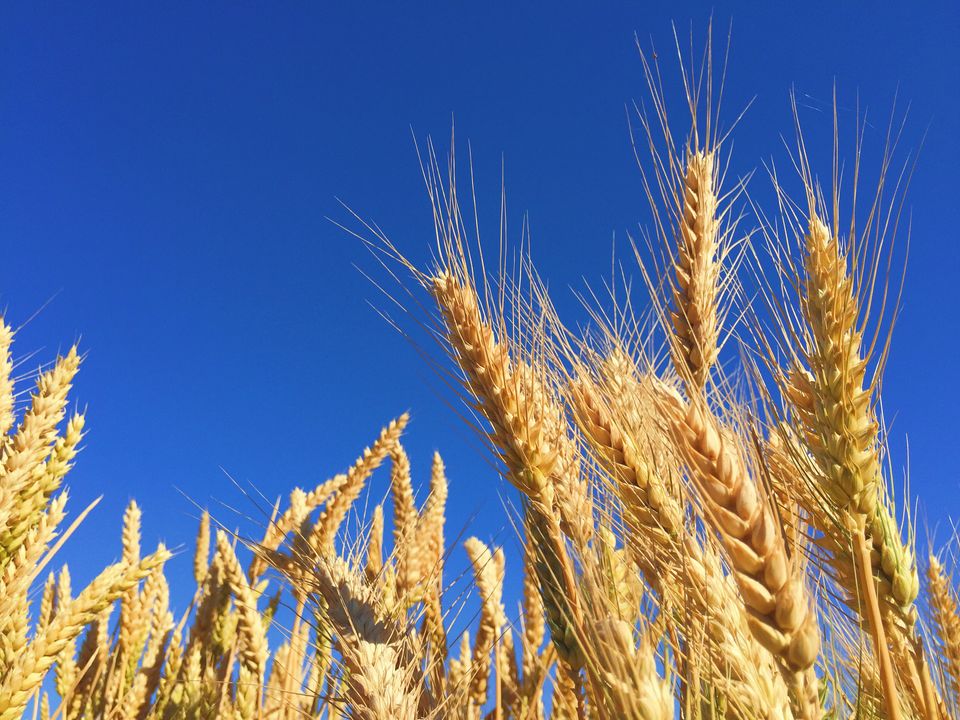
It's Friday. Hello, and may the harvest find you well. Here I've been grateful for several days of truly beautiful weather, for a happy garden, and for 12 years of marriage to my owner. Our anniversary is July 31st, the very eve of the holiday we just passed: Calan Awst in Cymric (and our) rites, Lughnasadh or Lúnasa to many Gaelic- or Wicca-influenced practitioners, and Lammas in the English folk tradition.
Regardless of exact variation, arguably the most common thread among all of them is celebration of the grain harvest coming in, hence observances among modern self-described pagans and/or witches — assuming they keep this holiday at all — tend to center around festive making of bread and giving a central place to grain products in general (so beer, etc.). In the case of my marriage, we chose our wedding date because within this traditional context August 1st and the eve before were seen as auspicious for the signing of important contracts and other solemn administrative activities. But right now, with the Wheel of the Year having spun well over a full circuit since I began this newsletter — and, in my way of reckoning it, this is the last holiday of the ritual year before things flip over at the coming equinox — I think it's high time that I spend some effort writing about what I interpret the Wheel of the Year to mean, what celebrating a "Celtic holiday" means, why these things are not the same, why there's no one way to follow a "Celtic calendar," and related topics.
In the course of writing this post, I will give some attention to more holidays than just this one, but because Calan Awst (the default name I will use for this post) is the holiday that just passed, I will come back to it with closer attention at the end.
Asking at last: "What is the Wheel of the Year?"
I'm putting this first because for one thing, I'm uncertain how many people may be reading this without knowing what the Wheel of the Year is except as a thing that I and maybe some other witchlike, paganlike types in their lives have alluded to occasionally. For another thing, even for people who think they know what the Wheel is, I would like to posit that none of us, myself included, actually "know" what it is. For the Wheel is, above all, a modern abstraction, albeit an extremely useful one.
Here, for reference, is the layout of the Wheel of the Year that you'll find if you go to Wikipedia. Note the mingling of Celtic names (specifically Gaelic, so Irish or Scottish derived) and Germanic names. With some spelling quibbles this is usually the most common way that someone first encounters the Wheel.

Last year I created a private presentation on this topic for some fellow ritualists, and I refer to it now in laying out a few ways of understanding the Wheel.
I. Anachronistic invention
The Wheel of the Year is a conceptual framework from the mid-20th century that started in European-oriented neopagan practices, specifically within Gardnerian Wicca ("original" Wicca) and the Order of Bards, Ovates, and Druids. This conceptual framework posits eight holidays that intentionally align with temperate zone seasonal rhythms, especially when applied to the Northern Hemisphere, and thus form one component of how those neopagan groups (and groups developed further from or inspired by them) practice reverence for the Earth. The array of exactly eight holidays is anachronistic insofar as nobody has yet uncovered a historical animist culture in Europe — or for that matter anywhere else — wherein all eight dates of November 1st, February 1st, May 1st, August 1st, both solstices, and both equinoxes were each given clear ritual significance. The names used are also highly variable in historicity. Many elements of the dates and names are drawn from theories by figures I've mentioned before like James Frazer, Margaret Murray, or Robert Graves.
II. Historical realities
Despite the above, the Wheel of the Year nevertheless constitutes an attempt to grasp at least a millennium of earlier European seasonal observances that have existed as discrete traditions from Christianity and plausibly (though not absolutely) as mutated fragments of animist ritual systems that preceded Christianity. It would perhaps be most accurate to say that, unsurprising for its conceptual origins among Wiccans and modern Druids, the Wheel is distinctly British in character, blending dates that might have mattered more to Iron Age Celts with dates that might have mattered more to later-invading Germanic peoples like the Angles, Saxons, Jutes, and eventually Viking Age Scandinavians.
As I'll be detailing further down, in Celtic cultures of Ireland and Britain alike there are well attested and indeed ongoing observances of November 1st, February 1st, May 1st, and August 1st as specific holidays, even among people who don't consider themselves "pagans." The solstices may have historically been important for those cultures before Christianization or anglicization, but that's less clear, and the equinoxes seem especially questionable. However, looking further east to Germanic peoples there is good evidence for the weight assigned to solstices, and convincing arguments have been made for the equinoxes there, too, whereas the fixed Nov/Feb/May/Aug dates in turn might have been less important. It is of course also worth considering that there were never completely hard lines drawn between these Iron Age cultures, so there could well be overlap; likewise, if I say for instance that my Cymric ancestors "didn't" celebrate something, that doesn't mean it pollutes their memory to adopt a holiday from some other culture. Which brings me to my next points.[1]
III. Anachronisms reinvented and revisited
Some reconstructionism-aligned traditions these days have often tried to make new Wheels of the Year that adjust dates, names, and/or how many holidays are featured; however, even these are still projecting a concept onto the past that never existed, as "the Wheel of the Year" is not a phrase I've ever seen any researchers claim existed before the 20th century. I know some equally reconstructionist pagans who ignore the Wheel of the Year as a concept or at least don't call it that. In that vein, I would like to state clearly that I don't think anyone needs to use the Wheel of the Year if they are following any kind of animist, nature-reverent, pagan, etc. type of practice. If my own circumstances were different I might not use the Wheel myself, especially if the seasons in my particular geography were more of a wet/dry tropical cycle or if I was working from a cultural tradition that already frames the seasons in its own unique fashion. Be that as it may, though, the Wheel of the Year has been popularized for the better part of a century and so in certain circles it's not going anywhere.
IV. My Wheel is what I need in this time and place
The Wheel of the Year echoes astronomical, ecological, and agricultural paradigms that are common to cultures from which my animist/pagan practices are derived. I have reason to engage with the Wheel both on the basis of whatever historical truths are actually found within it and on the basis of how I have rites that I could not have formulated without an initial Wiccan and Druidic grounding.[2] For me, the Wheel might as well be engaged with. The Wheel is a visualized reminder that time is only a straight, unidirectional line in industrial, colonial, capitalist paradigms, and it can be a revolutionary act to embrace cyclical timekeeping instead.
I do also feel a strong resonance with the notion of eight micro-seasons, and most of the Wheel's eight "standard" holidays speak to me intuitively; so despite all my picking apart of the standard Wheel as a hegemonic neopagan imposition, my personal Wheel of the Year is fairly similar and works with observances and symbolisms that would either be quite familiar to people in related practices or at least not wildly discordant.
It is still, however, not a carbon copy from Wicca. My Wheel turns as follows.
"The Dark Half of the Year"- September equinox - Haust Blót. The apple harvest, and a quiet, grieving recognition of death. Name is derived from the Old Norse for "harvest sacrifice," though historical Nordic significance is complicated.
- November 1st - Calan Gaeaf, or Nos Galan Gaeaf for the eve before. The root and gourd harvest, the slaughter season for livestock, and a time for re-engaging with death and ancestors in a more joyous way. The Veil to the Otherworld grows thin. Name is an established Cymric holiday that runs parallel to Samhain (see next section).
- December solstice - Jól. The winter revels, a time to make merry and willfully cause chaos. The Veil stays thin and the night is dangerous as the Wild Hunt rides. Name is derived from Icelandic and Old Norse, though there's debate about whether the Norse use of jól refers to a specific festival or any festival, as well as whether pre-Christian Nordic Yuletide as such fell on the solstice, after it, or was additionally governed by lunar cycles.
- February 1st - Gŵyl Fair. The season of fresh milk as certain livestock give birth, and the time to start seeding new crops. Animal fertility is revered. The Veil begins to close but certain rituals still have enhanced power. A time for cleansing oneself of winter's burdens. Name is an established Cymric holiday that runs parallel to Imbolc.
"The Light Half of the Year"
- March equinox - Ostara. The height of planting time, a day to delight in all that is young and fresh and green and new. Name is Jacob Grimm’s reconstruction of an Old High German version of the Old English goddess Ēostre, from which we may get “Easter."[3] This may (or may not) have been when the Nordic observance of the Dísablót occurred.
- May 1st - Calan Mai. The eruption of flowers, the time when livestock are released to open pasture. On a human gestational cycle, for ritually giving birth in February now would be the time to conceive. The Veil thins again; divinations and fey encounters are common. Name is an established Cymric holiday that runs parallel to Beltane.
- June solstice - Litha. The summer revels. A time to joyously relieve oneself from the hot weather and delight in the height of greenery. The Veil remains thin. Name is derived from Old English Liða, referring to a stretch of time between June and July, though the word's religious significance is unclear.
- August 1st - Calan Awst. The grain harvest as previously mentioned. As the first fruits are brought in, contracts are solemnized and it becomes time to take stock of the last year, as well as to thank the Earth for what it's rendered. Name is an established Cymric holiday that runs parallel to Lughnasadh.
Now, having laid all of this out — I say make whatever you wish of it. There are far more cosmological details I could go into that are private, initiatory truths, or that I choose instead to address piecemeal as the seasons come and go. But I think what I have here is enough for moving on to this post's other purpose, namely a deeper consideration of Celtic animist timekeeping.
Celtic spokes upon the Wheel
"The Celtic calendar" is an easy phrase to throw around given how as mentioned there are four well-established traditional Celtic holidays landing in the Gregorian calendar months of November, February, May, and August. I'm not very versed in Breton holidays, but with that one exception my understanding is that within both Brythonic (Cymric/Welsh, Cornish, Breton) and Gaelic (Irish, Scottish, Manx) branches of the Celtic cultural-linguistic family there have been rites of some kind celebrated on those four dates[4]. I favor the Cymric customs and naming schemes according to my heritage, thus why I say:
- Calan Gaeaf: Cymric for literally "the first day of winter" (and indeed November 1 would be the first day of winter on the island of Britain, agriculturally speaking, as there would no longer be adequate daylight hours for growing plants).
- Gŵyl Fair: Literally "Mary's feast," short for "Mary's feast of the candles." This is a Christianized name and aligns with the Christian observance of Candlemas. I've always understood any earlier name to be lost (assuming that Calan Gaeaf, for instance, is derived from anything particularly old). The proponent of "Welsh witchcraft" Mhara Starling has apparently invented or may be popularizing a more pagan-aligned name, Gŵyl Braint as Braint would be the Cymric analogue to the Irish Brigid (more on her in a moment). I think this is lovely but despite my satanism I also have no problem with a bit of Christian syncretism persisting in my rites[5] so for the foreseeable future I'll still be saying Gŵyl Fair.
- Calan Mai: Literally "the first day of May."
- Calan Awst: Likewise "the first day of August."
All the "Calan" names are adaptations from Latin, referring to the Roman month marker of the Calends or Kalends, the first day of any month. This word choice may have entered the Cymric language before it was even in the Old Cymric (Old Welsh) phase, adopted by the Romanized Britons. Who can say if the adoption occurred when those same people began to convert to Christianity, or much earlier during fully pagan-polytheist Roman occupation? Either way, the 1500 to 2000 year old nature of this linguistic quirk has meant that for Brythonic Celts the names for these four holidays do not sound at all like the Irish names, which are more popular among Wicca-rooted ritualists today.
As for why the Irish names are more popular in that sphere, I think there's a very sensible reason — besides how those names are probably more directly traceable to a millennia old Proto-Celtic etymologies. Beyond the historical linguistics factor, Irish literature and folklore is enviably rich in detail about what these four holidays might have signified in a pre-Christian mythological and societal context. So while I work with the Cymric side of things, it's on the Irish side where we can most reliably find a Celtic calendar that's been less colonized or syncretized. Accordingly, here is a crude overview of things I understand about the scholarly and folk knowledge of these four holidays as marked in Ireland. Since I know all the switches in nomenclature may be confusing, I will once again provide dates of the year here since they're less self-evident than in the Cymric system.
- Samhain (November 1st) - This is the modern Irish and Scottish form of the older Gaelic Samhainn or Samhuinn. The name might confusingly relate to an even earlier Proto-Celtic name for summer, but I favor the alternate etymology of *samoni meaning "assembly." Throughout Irish history and mythology this day (and the night before) is well-established as a time for lighting ritual bonfires, performing divinations, interfacing with spirits, and disguising one's true appearance. Livestock would be brought in from the fields and slaughtered for the winter food supply. The "assembly" in question might have once referred to the gathering of those animals, of ancestral spirits, or both the dead and the living together.
- Imbolc (February 1st) - Here I've gone with the Old Irish name whereas the modern form is Imbolg. Etymologies vary; it might refer to pregnant ewes, lactating ewes, or budding blossoms. This date in Ireland has been readily syncretized with the Christian understanding of St. Brigid's Day, but it's complicated by how St. Brigid herself is often assumed to be a transposed version of the pre-Christian goddess Brigid. Similarly, a lot of the rituals performed in honor of St. Brigid could easily be related to some rituals previously performed for Brigid the goddess. And like Samhain, the observance of this date is probably so old that it extends back to the Neolithic, going by the solar alignment of passage tombs from that time.
- Beltane (May 1st) - Anglicized but common form of the Irish Bealtaine and Scottish Bealltainn. The etymology is very likely from Proto-Celtic *belotenia, which would refer to "bright fire." Very apt given that this has long been another ritual bonfire date in this tradition. It's also again attested through Irish lore and folk custom as a time for divination and work with the spirits or fey. Flowers would be gathered. Legends of mystical encounters on this date abound.
- Lughnasadh (August 1st) - This is a variation on the Old Irish name Lugnasad, modern Irish form Lúnasa. Sometimes this holiday is popularly associated with the pre-Christian god Lugh, patron of craftspeople, kingship, and many other things. This is matched in Irish mythology as it's asserted that Lugh himself established the holiday. There's plentiful lore around this date as commemorating either the literal theft of grain or the capture of a female figure associated with the grain — somewhat Persephone-like — and active Irish traditions of grain harvesting rituals, solemnized weddings (consider the more peaceful parallel to bride-kidnapping), and even funeral games.
Now, it should be noted that over in Britain a lot of these practices or associations also exist, including sometimes among the English; the distinction is how although over there we find more going on with maypoles on May 1st, this might be a more Germanic import and meanwhile the mythological underpinnings for everything are weaker. When I work with my Cymric cultural background it takes more work to find elements of traditional holiday celebrations that are less plainly Christian origin. The Irish "system," if you will, has stayed palpably closer to pagan roots, even if we still can't find the roots themselves; and I've gathered that Irish society was genuinely organized around these holidays as administrative markers, even when adopting the Christian liturgy, until fairly modern times.
So this is one way of understanding a pre- or non-Christian Celtic calendar. But we are still looking back only so far, and further back things can grow much more snarled. Until only a few centuries ago, these dates would have been reckoned against the Julian dating system, not Gregorian, so if you wanted to really celebrate Lughnasadh, Calan Awst, or for the matter Lammas on a day when the degree of insolation (sunlight hours, more or less) was the same as it would have been for a medieval peasant, then you would have to celebrate it a bit later than August 1st. I've known several people from different traditions who make this choice.[6] And there is, meanwhile, a completely distinct Celtic calendar you could follow that doesn't use Roman-style month names as reference points at all.
The Coligny calendar: or, the problem of defining "Celts" themselves
While nobody today really knows how Iron Age Celts of Britain and Ireland kept time, the fact of the matter is that a pre-Christian "Celtic calendar" very much has been uncovered by modern hands. This is the Coligny calendar, dated to the late 2nd century CE. It uses Roman numerals and the Latin alphabet; however, it's in the Gaulish language, a continental relative of the Celtic languages that survive today, and it's a calendar system that the Romans did not use themselves.
If you'd like to read about it, you certainly can.[7] I try to poke at the calendar occasionally ever since learning about it, but its complexities go far enough that I'm not well equipped to explain it to somebody else in my own words. I do understand that it's a lunisolar system — reckoning time by both sun and moon, making adjustments on a cyclical basis as needed— like many very old calendars. I also understand that it seems marked into what is basically a prototype for "dark" and "light" halves of the year, as well as months. But while that aligns quite nicely with a modern neopagan interpretation of old Celtic ways, even a cursory review of the Coligny calendar shows some things are absent, such as any holidays that unambiguously map to later equivalents; that is, some festivals are noted, but for example there isn't a special festival name sounding close to Lughnasadh for a date around August 1st. The calendar also doesn't provide any real explanation for what people would be doing during particular festivals; it merely notes that some festivals existed.
If someone wished to be a Celtic calendar purist relying on the "oldest, most uncorrupted" historical artifacts available, then perhaps the Coligny calendar would be the most appealing to them. But despite my urge to recover the ancient past, I don't feel like I need that sort of purity. Instead I would ask certain questions like:
- Compared to what is documented of more recent Celtic calendar observances, does the Coligny calendar really give a Celtic animist something to do? Doesn't its entirely structural nature mean that it's up to you to fill in the real ritual content?
- Why would this calendar, used in Gaul during a specific period of history, automatically be the same thing used by all Iron Age Celts, including in Britain and Ireland, for hundreds to thousands of years?
- Why even assume that British or Irish Celts ever encountered this exact calendar system?
The last question is especially important because of a fact that many "Celtic reconstructonists" like to gloss over. In all likelihood, there was never one singular, monolithic, consistent "Celtic culture" at any point in history except very, very early in Celtic cultural-linguistic development, and maybe not even then.
What even is a Celt? Different scholars will give you different definitions, but I think they're usually all variations on the same theme, which I agree with: it's a linguistic clade, not a strict ethnic category. The earliest Celtic language evolved some thousands of years ago among a couple of very ancient peoples living roundabout the Alps; this language spread and split as these peoples traded distinctive artistic goods which can be archaeologically identified. Eventually Celtic languages and accompanying art/design styles reached places like Britain and Ireland; the languages and art traditions also continued to evolve further after that point. That is all we really understand, on a large scale. We do not know what religious beliefs, political systems, or kinship models all the different Celtic-speaking peoples might have practiced in common.
Regardless, some people today are under the misconception that there were indigenous non-Celtic people in Britain at first and then they were "colonized" by Celts who swept in from Gaul or something along those lines. There is really no evidence of that. It's true that when you look at genetic markers, you can trace that the original inhabitants of Britain and Ireland probably migrated up from present-day Spain (which would actually track with Irish oral history) during a period when the English Channel wasn't much of a waterway; given an observed genetic connection to Euskaldunak/Basque people (who are not Celtic), it's plausible that the very Britons and Irish could have spoken a language and inherited a culture that bears resemblance now to the isolate form in the Basque country today. But besides that general speculation, so far there's no sign that these peoples were ever "replaced" by invading Celts or subjugated by them. What's much more likely is that the indigenous Britons and Irish were organically "Celticized" by trading with and learning from Celtic peoples whose goods and craft skills were deemed worth adopting (and who themselves had been Celticized in a similar fashion); and in the course of that trade relationship the common language used for that trade spread across Britain and Ireland and fragmented further.
Assuming this is the case, it's certainly possible to guess that Iron Age Britons — potentially though of course unconfirmably my own ancestors[8] — might have kept a calendar like the Coligny calendar. But they could also have had a calendar all their own to which Celtic-language terms eventually got applied. Consider how the Coligny calendar itself has certain hallmarks of cultural exchange (even perhaps colonial exchange) with Rome, but we would know better than to say that just because it uses Roman numerals and the Latin alphabet this makes it a "Roman calendar."
All of this is not to say that nobody should use the Coligny calendar if they're trying to practice Celtic animism with an eye for specifically Irish, Scottish, Cymric, etc. traditions. But if I was going to talk about Celtic anything in this much detail, I did need to spend some time pedantically splitting apart the very notion of Celtic identity. And in my case, I feel much more driven to rely on the living traditions of seasonal holidays that have persisted among Celts through centuries, even if now we do not know exactly what those traditions came from or what the oldest ways of marking those holidays would constitute. This is one reason why I sometimes say I'm interested in developing Celtic animist practice, but I more often say I'm interested in Brythonic practices, focusing on the point where "Briton" and "Celt" merged together — a development that the Romans did colonize and consume, but which was not itself the oldest or most "authentic" form of Celtic religion.
Coming back to the grain
And so I come back to the grain. I was born very close to Calan Awst, in fact I was originally due then and came a week late. I don't have a favorite holiday, and if I really had to choose then perhaps I'd choose one or two others, but I feel as if this is "my" holiday because it's the season of my soul. I find it beautiful for the abundance that is recognized on this date, and I find it sad for the sense of all good things showing how they will drawn to an end. Ravens circle over the fields.
To me this is a time for vows to one another.
To me this is a time for taking inventory.
To me this is a time for gratitude.
To me this is a time for theatre, and games, and intricate ceremony.
I sense these things partly from what would make sense to me if I designed a calendar all by myself; but I also sense these things from what I know that people who came before me have also marked. How to know such things can be a great challenge, and sometimes the knowledge comes from reading research and other times it comes simply from what has been passed down to you by mouth or from settings you can go out and experience for yourself. For any mysteries of time, like timekeeping itself, I try more and more to think geologically: the land keeps the record. Geology and animism, intertwined.
And of all the pieces of the land, in my heart the grain — wheat, oat, barley, maize, rye, rice, name your variant — is the great symbol of this stock-taking, alliance-forging time, as it is the staple food binding communities together, creating a tool of both joy and libation when fermented, and capable of infinite transformation through milling and processing. The grain gives us sugar not as sweetener — this is not the season of true indulgence — but as carbohydrate, a basic unit of life. And the seed hanging ripe on the stalk is a cyclical marker, as the old plant prepares to die and yet has given birth to itself again.
Wheat is the Wheel. Or at least it's one means by which I meet it. Every year on Calan Awst, I help bake bread. No matter how far back that rite extends, it is right, and rite, for here and now.
[1] This entire paragraph is not ripped wholesale from Ronald Hutton, but I am relying immensely (though not exclusively) on his scholarship in this regard. I highly recommend his Pagan Britain as the starting point.
[2] And though not directly descended from pre-Christian animism, this grounding is still linked to my rites' parallel influence of the genuinely very old occult ceremonial magic tradition built for millennia across multiple cultures on Mediterranean coastlines. For "genuinely very old" I will again cite Hutton with the conclusions of The Triumph of the Moon. But I leave all this as a footnote insofar as the tradition in question is less concerned with seasonal nature connection per se.
[3] Controversy persists as to whether Ēostre had anything to do with rabbits, hares, or eggs. That would potentially explain how such Eastertide imagery is prominent in Germanic cultures, but there's no hard evidence because almost nothing is known about Ēostre herself.
[4] I have previously referred to these dates as "cross-quarter days" in contrast to the "quarter days" of solstices and equinoxes. This is an English folk custom which persists in Wicca and elsewhere; I believe that conversely in Irish culture the "cross-quarter days" and "quarter days" refer to a reverse arrangement. I'm a little tempted to change my habit and rely on Irish conventions instead, but maybe it's clearest for this post to simply not say "quarter" or "cross-quarter" for anything.
[5] Not to say Mhara Starling has a problem with Christian syncretism — she definitely does not.
[6] Others also skew the dates not so much to align with Julian dating, but still to account for a particular astronomical sweet spot of their own devising; this may be relevant to you if you also prefer to mark the solstices and equinoxes at the exact hour and minute they transpire.
[7] For this and the earlier link to the Dísablót's article on Wikipedia, the usual disclaimers apply about reading uncited information and checking what sources are actually being cited.
[8] For various reasons I refuse to take a DNA ancestry test. More on that in another post, perhaps.
Thank you for reading. This took so many of my faculties to pull together that I hastily hit "Publish" before I could add this postscript. Nevertheless, here it is belatedly. Next week is a post only for paid subscribers, but after that, I'm returning to thoughts about ordeal work.
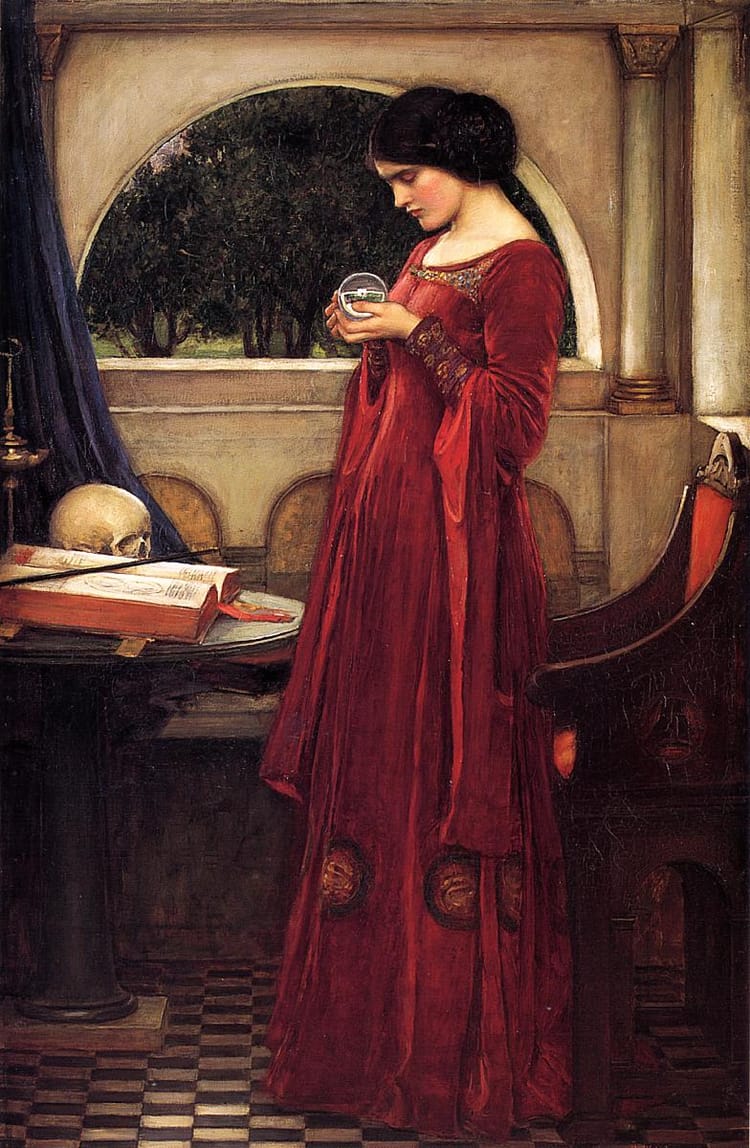
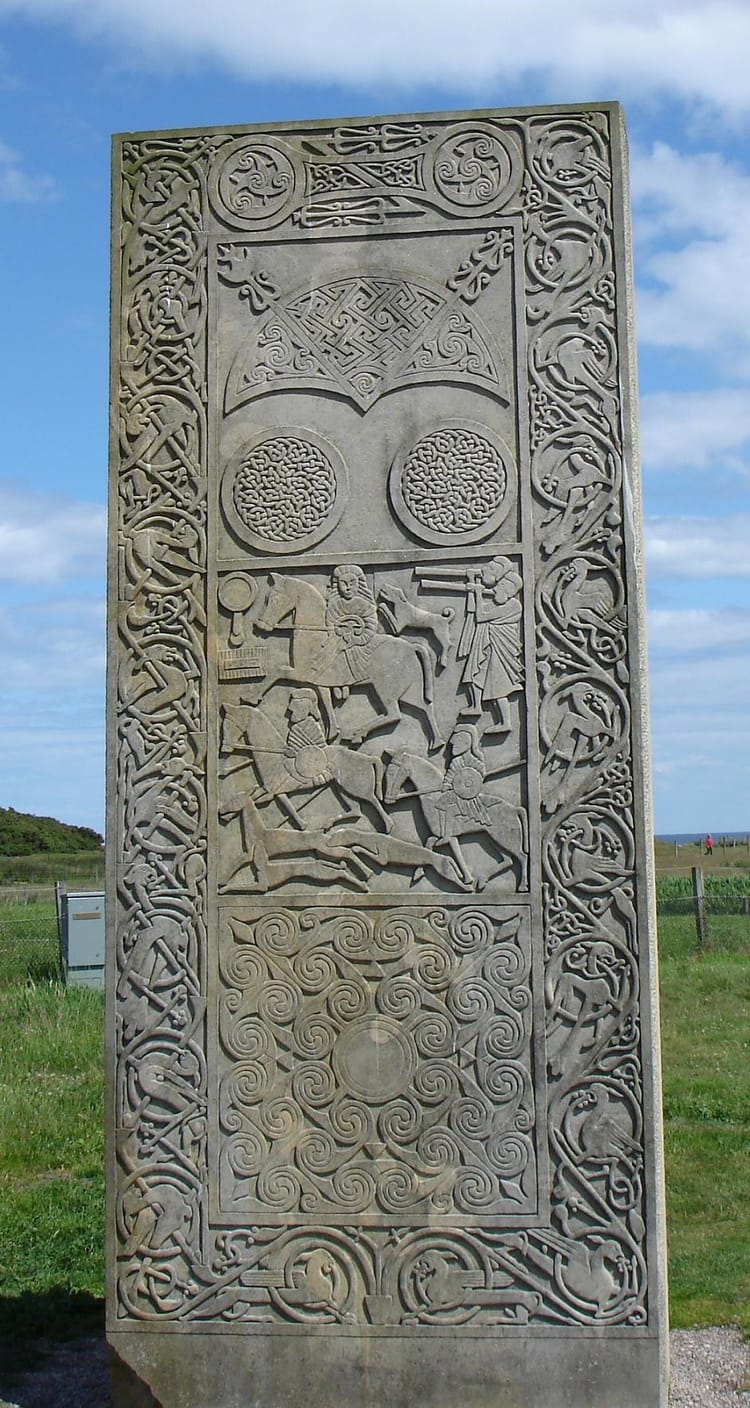

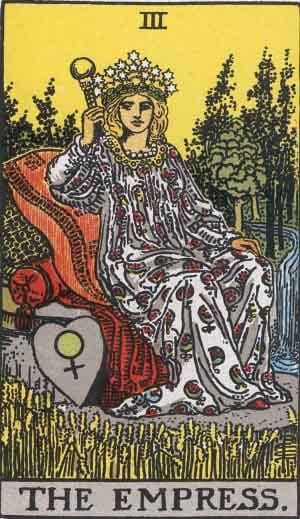
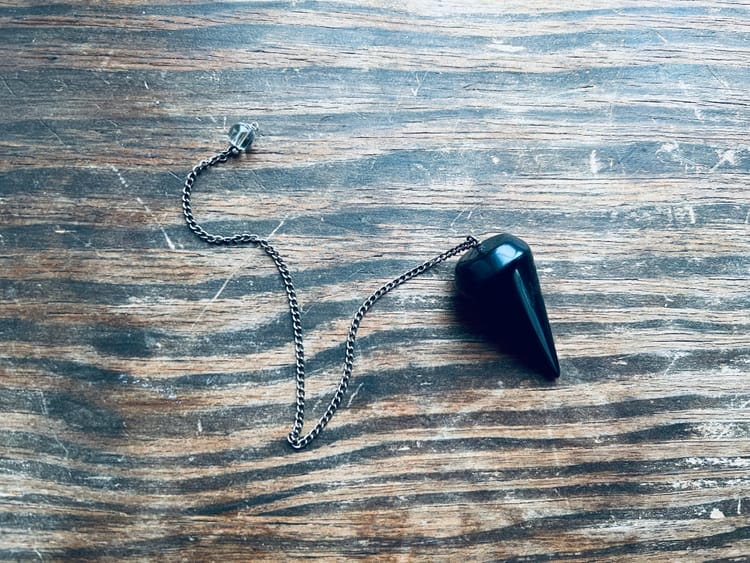
Member discussion